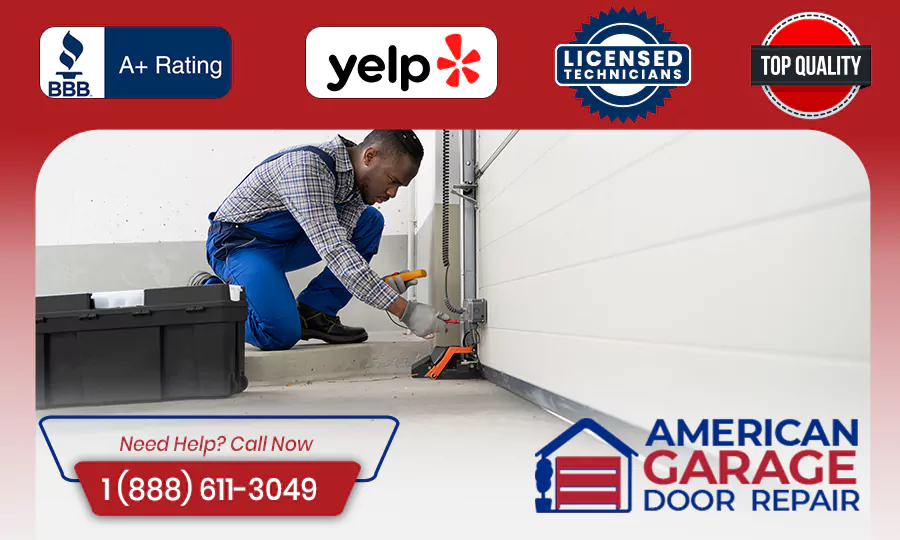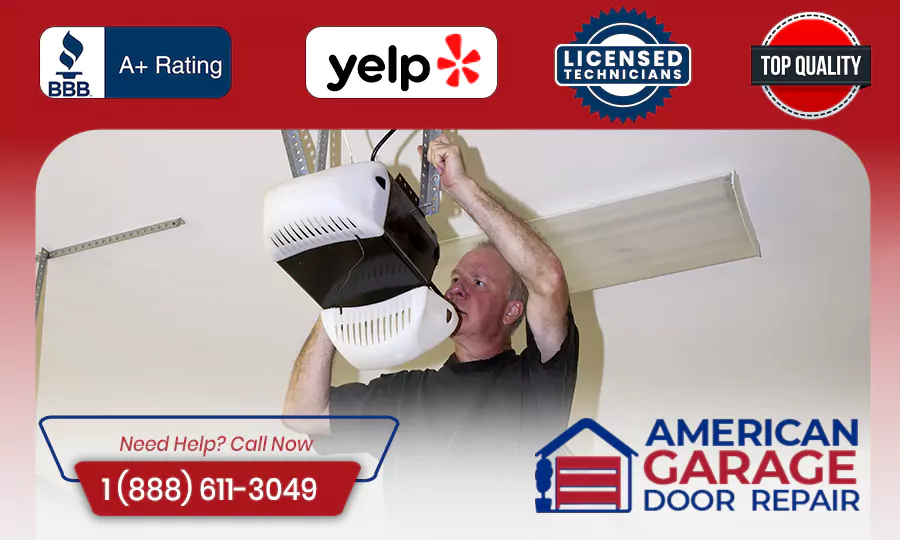Garage doors are pretty good systems that perform their function regularly and deserve to receive proper care in return. Thus, a garage door maintenance schedule not only minimizes necessary adjustments and alleged reparations but also contributes to the door’s longevity. Check out some practical recommendations for continuous and effective garage door maintenance in detail below.
Why Seasonal Maintenance Matters
Ever had your garage door stop working at the worst possible time? Regular maintenance helps avoid those headaches. Plus, it can cut down on energy bills and keep your home looking sharp. So, what should you do? Let’s break it down step by step.
1. Inspect and Repair the Operating System
Your garage door’s operating system is the heart of the whole setup. Keeping it in good shape ensures smooth operations. Here’s how:
- Check the door itself:Look for cracks, dents, or peeling paint. These don’t just look bad—they can let in moisture or mold.
- Test how it moves:Open and close the door. Listen for strange noises or sluggish movement. If it’s acting up, it might need a tune-up.
- Test the balance:Disconnect the opener and manually lift the door halfway. If it doesn’t stay put, it could be unbalanced.
- Inspect the weatherstripping:Torn or missing seals? Replace them to keep your garage comfy and dry.

2. Wash and Refresh the Door
A clean garage door isn’t just about appearances—it’s about performance too. This step is key for a comprehensive garage door maintenance checklist or even an overhead door preventive maintenance checklist. Here’s your to-do list:
- Clear out debris from the tracks:Dust and rust can mess with the door’s movement. Bent tracks? Call a professional.
- Wash the windows:A quick wipe with glass cleaner makes a big difference.
- Scrub the panels:Use a mild detergent and a soft brush to remove dirt. Rinse gently with a garden hose.
- Look for mold:Wooden doors can develop mold or moisture damage. Replace affected panels before it spreads.
- Lubricate moving parts:A little synthetic lubricant on hinges, rollers, and springs keeps things running smoothly.
- Tighten loose nuts and bolts:It’s quick, easy, and prevents bigger issues later.
- Touch up paint:Cover up scratches or consider a fresh coat for a whole new look.
- Declutter the garage:While you’re at it, tidy up! A clean space makes maintenance easier.
3. Inspect the Moving Parts
Your garage door relies on a bunch of parts working together. Following a roller shutter maintenance checklist or overhead door inspection checklist ensures nothing is overlooked. Give these parts a close look:
- Rollers:Cracked or chipped rollers should be replaced. Bottom rollers? Call a pro since they’re under tension.
- Cables and pulleys:Only inspect these visually. Frayed cables? Leave the fix to an expert.
- Hinges and tracks:Make sure everything’s secure. Bent or rusted parts might need replacing.
- Struts and brackets:These give the door its structure. Replace anything that looks worn.
4. Test the Auto-Reversal Safety Features
This system is a lifesaver—literally. Here’s how to make sure it’s working, as noted in any overhead door preventive maintenance checklist:
- Test the sensors:Wave an object in front of the beam. The door should reverse immediately.
- Clean the sensors:Dust or dirt can interfere. A quick wipe with a soft cloth should do the trick.
- Clear the area:Keep the pathway free of obstructions.
5. Keep the Opener in Top Shape
Your garage door opener does the heavy lifting, so let’s give it some love. For a complete commercial overhead door preventive maintenance checklist, pay attention to:
- Check the remote batteries:Dead batteries can lock you out. Replace them before it’s too late.
- Test the backup battery:Unplug the opener to see if it works. If not, replace the battery.
- Replace light bulbs:Use the manufacturer-recommended bulbs for best results.
- Inspect motor gears:Look for wear on belts or chains. Adjust tension if needed.
- Check wiring:Frayed wires? Replace them before they cause trouble.

6. Call in the Pros
Some tasks are best left to the experts. Here’s when to call for help:
- Add insulation:A pro can upgrade your garage door’s insulation to save on energy costs.
- Replace springs or bearings:These high-tension parts can be dangerous. Let the pros handle them.
- Repair or replace the opener:Outdated model? A technician can recommend a better one.
- Repair or replace the door:Sometimes, starting fresh with a new door is the smartest choice.
Read: How Much Does Garage Door Maintenance Cost
Wrapping It Up
Your garage door is in use every day and hence requires some routine maintenance to ensure that it continues to function properly. From hasty cleaning to professional help, proper maintenance of your garage door will pay off with lesser discomforts and a more efficiently working system. Hence, put on your work gloves, go through this garage maintenance list, and have the satisfaction of a well-maintained overhead door!
FAQs
How often should a garage door be maintained?
It is recommended that you have your vehicle for a maintenance check at least twice in any one year, perhaps in spring and again in autumn.
How to replace garage door torsion springs on my own?
It’s not recommended to replace garage door torsion springs on your own. For this job, it is important that you call a professional.
Which type of lubricant has to be applied on my garage door?
It is recommended to use synthetic oil as a garage door lubricant, which is purchased from the store.
What are the signs that will help me know that my garage door need maintenance?
If you find that your is slow, unresponsive or producing some sort of noise, then it is most appropriate to call the expert.
 Reviews
Reviews (50+)
(50+)

